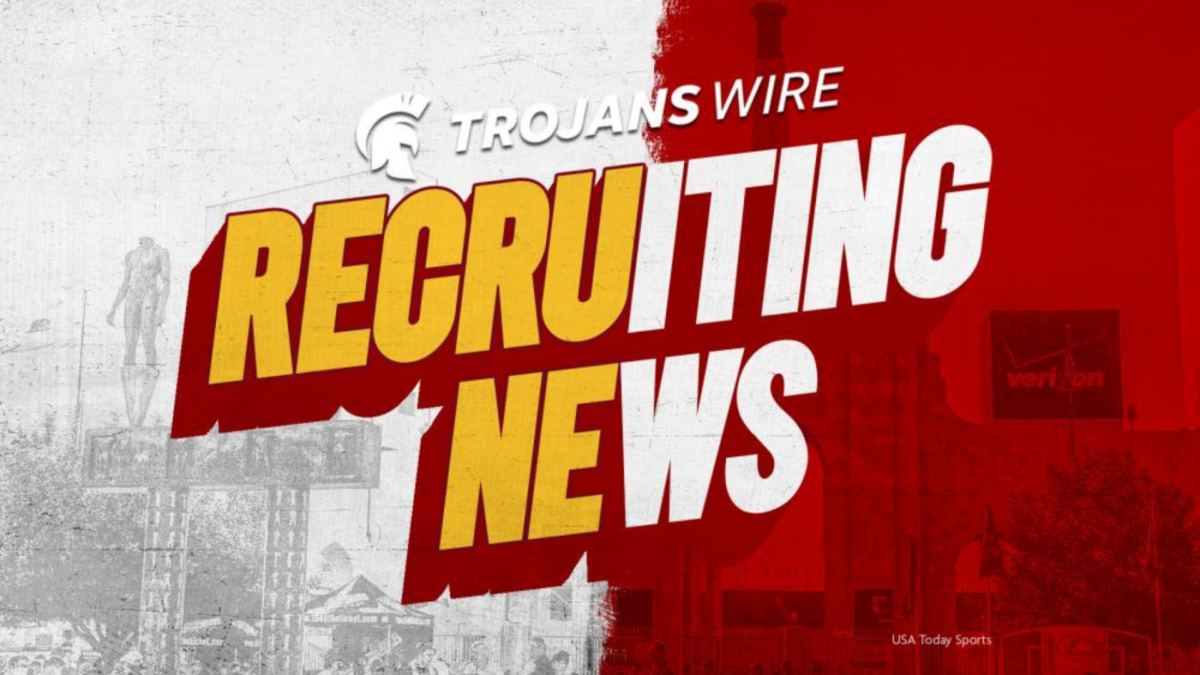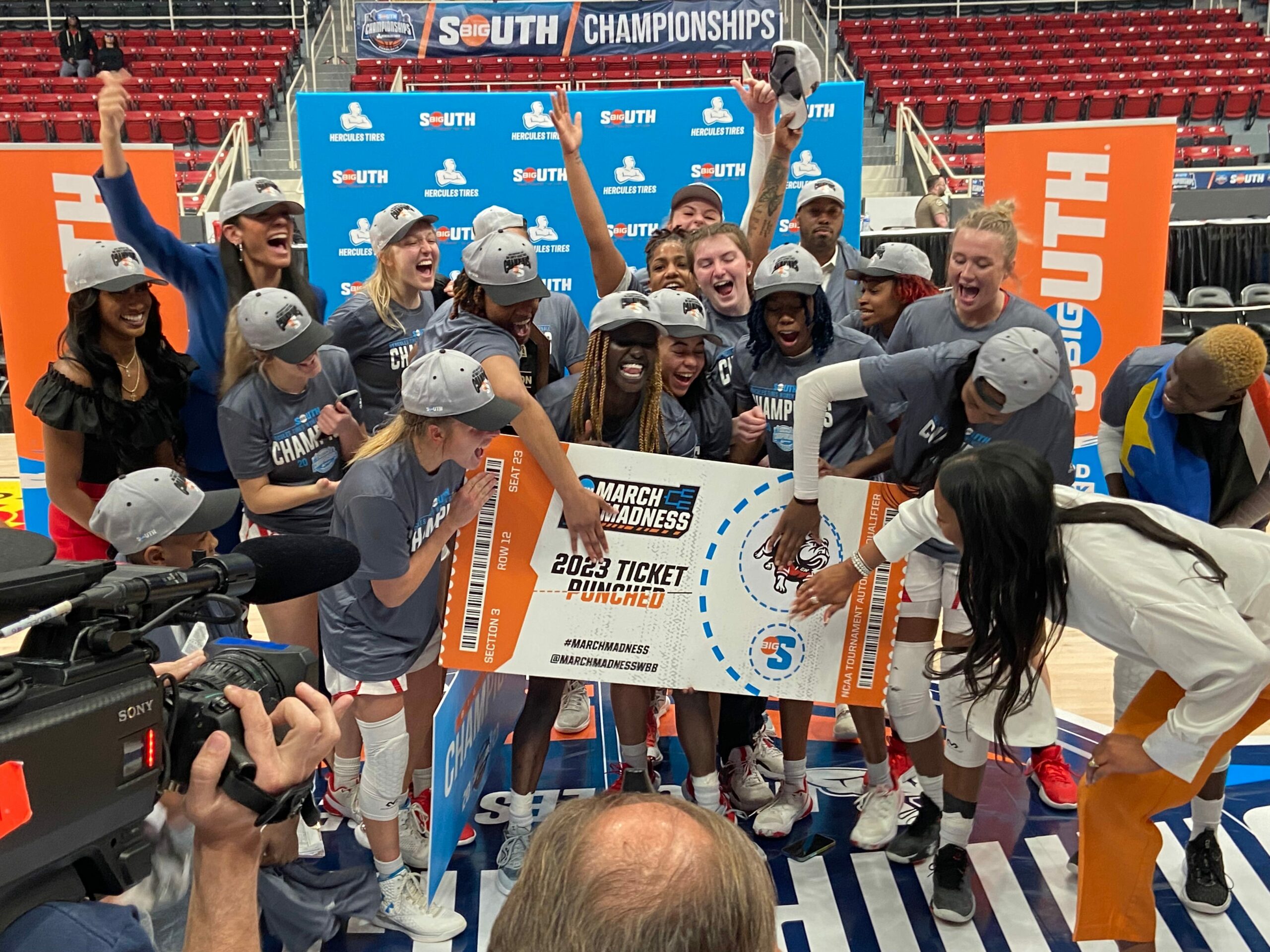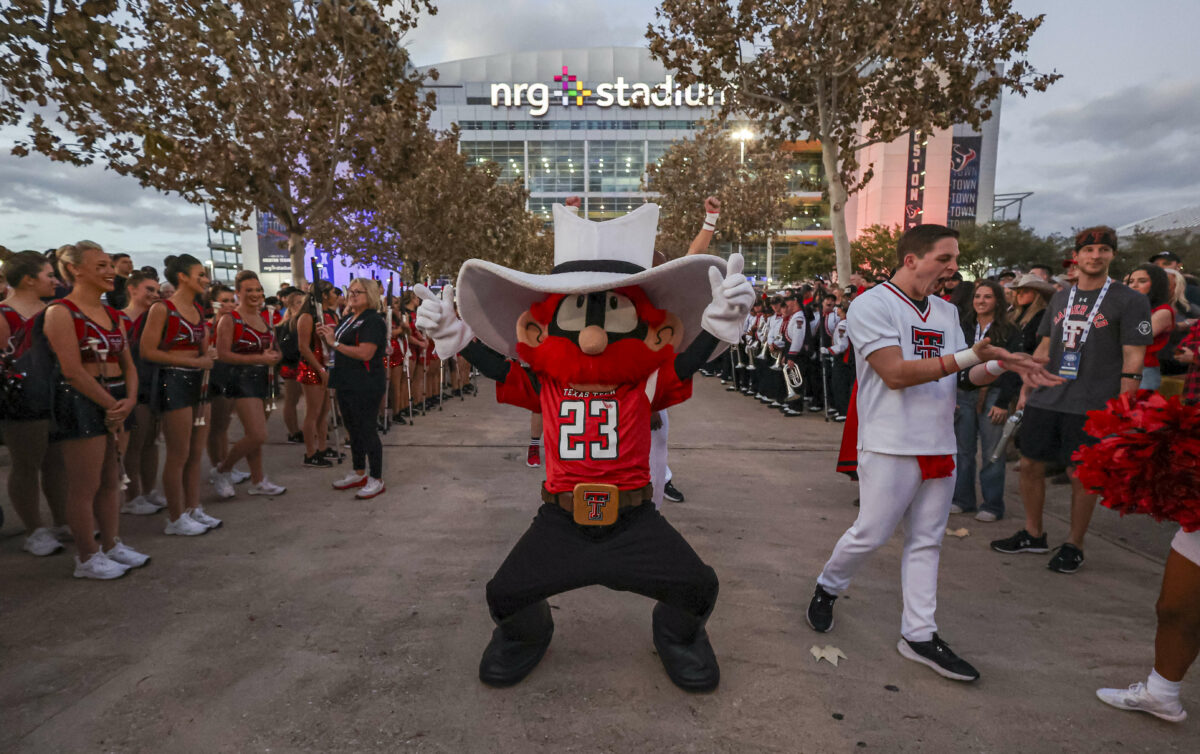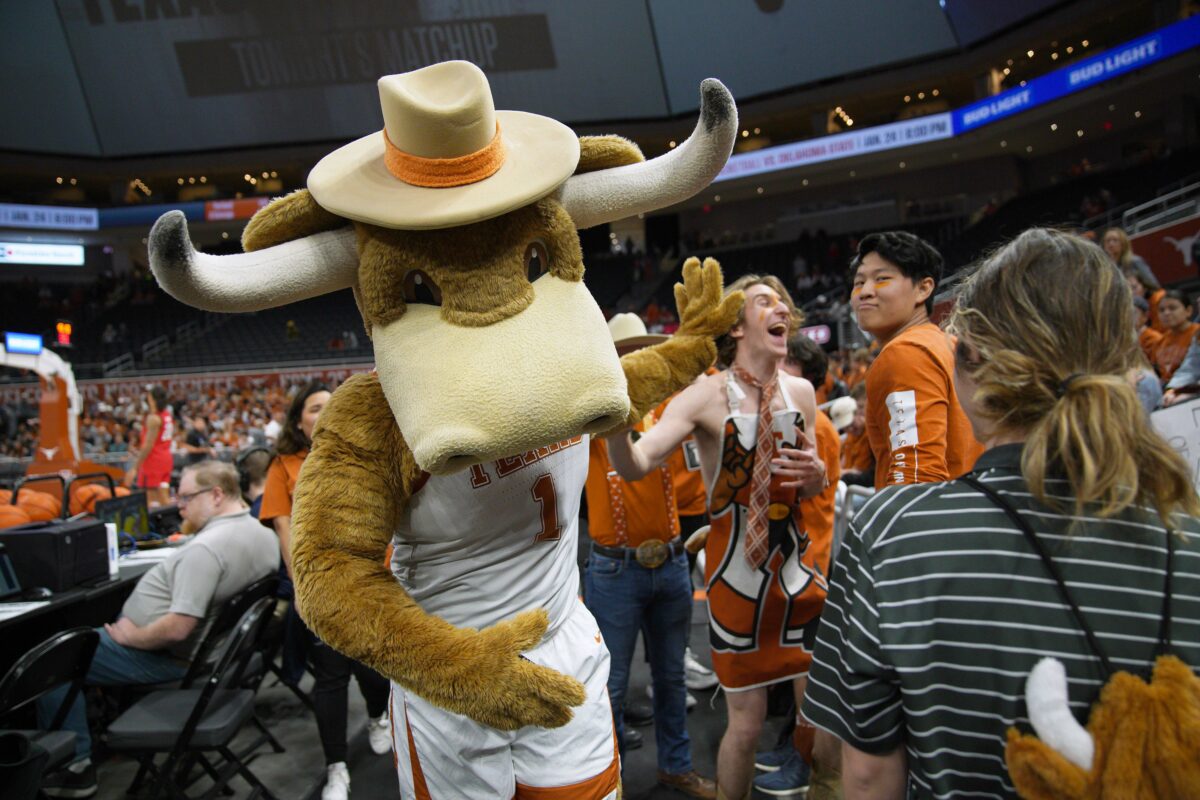Since the advent of NIL, the NCAA displayed a flexible approach in defining permissible activities. College programs such as USC received general guidelines and were tasked with interpreting how to operate within this emerging landscape, leaving room for varied interpretations.
The primary safeguard in place was to prevent programs from luring potential student-athletes to their school by offering money or benefits from NIL as an incentive. That was the clear guideline: NIL could not be used as an inducement to have players join a program; no pay for play. The types of collective deals and when they could be provided varied from program to program.
Regarding the interpretation of NIL guidelines, some schools opted for a literal approach, maintaining a conservative stance toward collectives working with high school and college prospects. In contrast, institutions such as Tennessee, Texas A&M, Oregon, and Miami adopted a more liberal and proactive approach by fostering collaborative relationships with collectives.
Earlier this week, Trojans Wire reported Lincoln Riley’s comments that the Trojans’ collective strategy has “taken some monster leaps” since he arrived at USC.
“You have to have it,” Riley explained. “Last year was great outside of the whole collective world. Our guys were able to obviously, being in L.A., get more outside deals than anybody in the country, which is awesome, but we need the support to be right there with it too from our donors and from our collectives. That has taken some massive, massive jumps here in the last several months as our people get educated on what that really means, but it’s got to continue.”
This afternoon, Fight On Rusty (Arrogant Nation on X, formerly known as Twitter) shared a letter from the House of Victory (HOV), one of USC’s donor collectives. The letter explains that due to its NIL policy, “House of Victory has only provided NIL opportunities to current student athletes enrolled at USC.”
There’s more from the House of Victory note:
“Last month, Tennessee filed a lawsuit against the NCAA resulting in a federal judge granting an injunction blocking the NCAA from enforcing their NIL rules around recruiting.
“Consequently, House of Victory ahs now received full clearance from USC to support recruits with paid NIL opportunities before they enroll at USC.”
Prior to a recent policy shift, programs with a more flexible interpretation of NIL (Name, Image, and Likeness) guidelines had a significant financial advantage over programs such as USC in recruiting. USC’s recent impressive haul of defensive recruits could mark the beginning of a new era for the program, potentially leveling the playing field in recruiting.
letter received from HOV confirms USC's NIL game is about to skyrocket 🚀✌🏻 pic.twitter.com/I3hBYPdKHb
— Arrogant Nation✌🏻 (@FightOnRusty) March 29, 2024
Visit our friends at Fighting Irish Wire, Buffaloes Wire, and Ducks Wire. Follow our newest sites, UW Huskies Wire and UCLA Wire.







